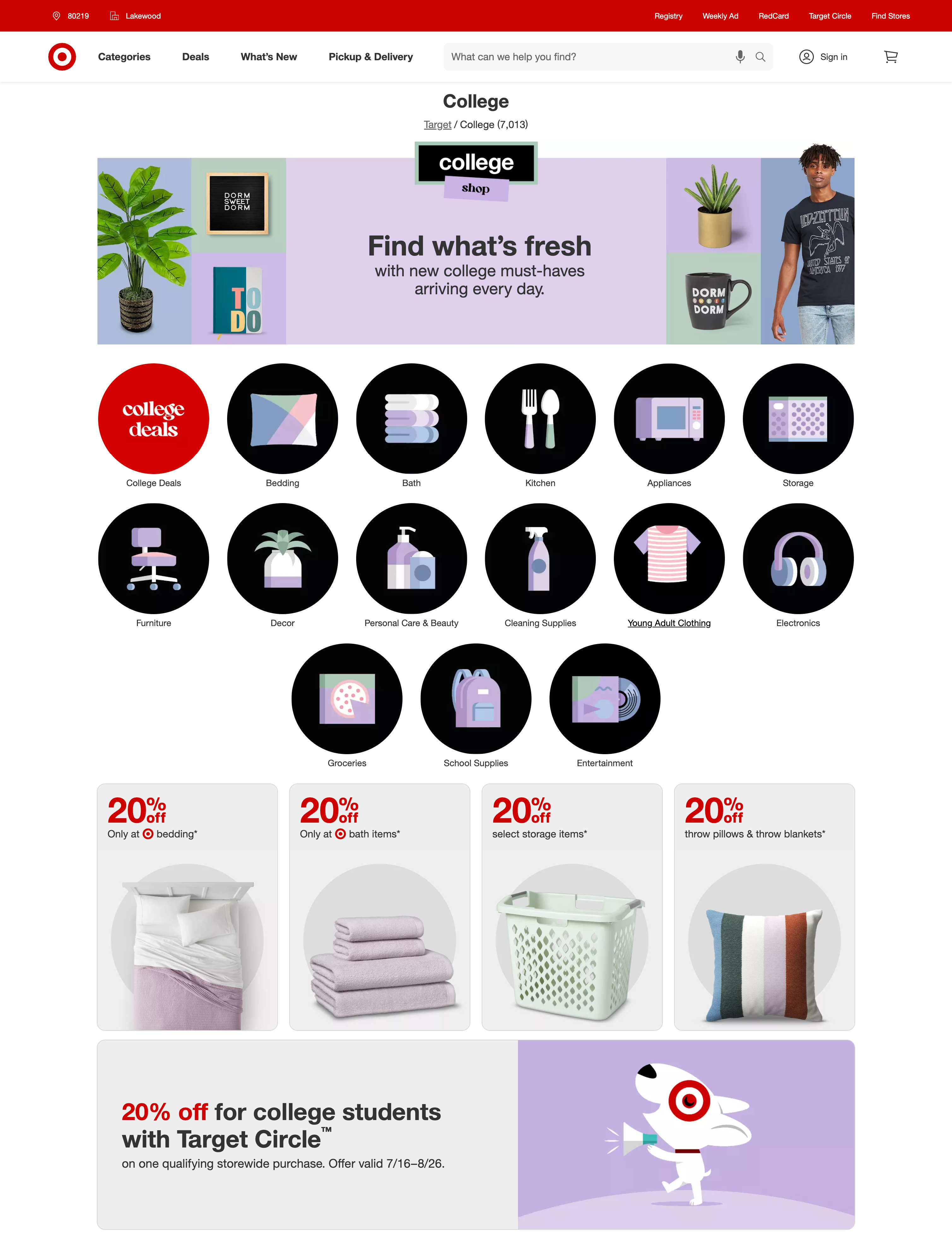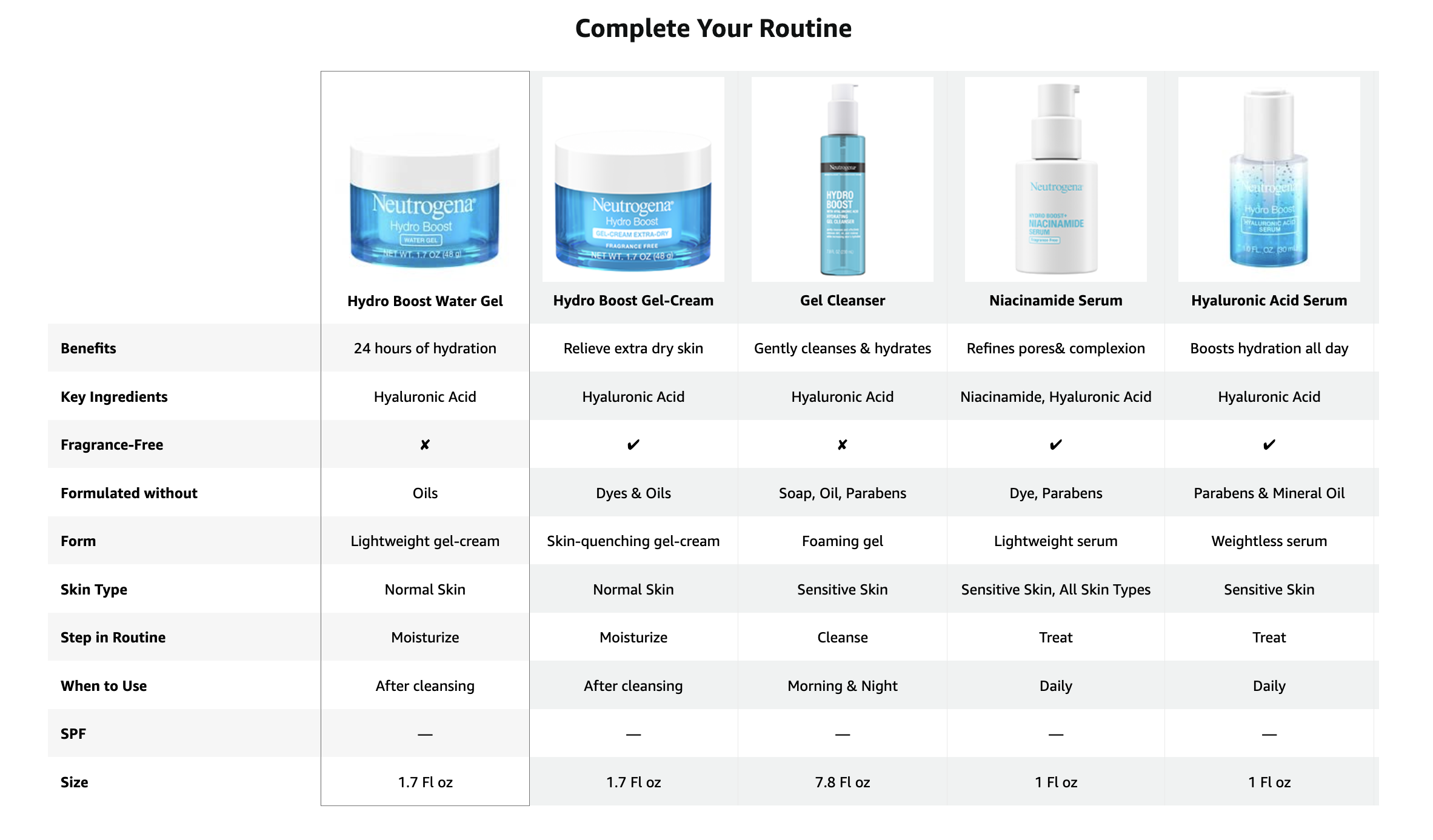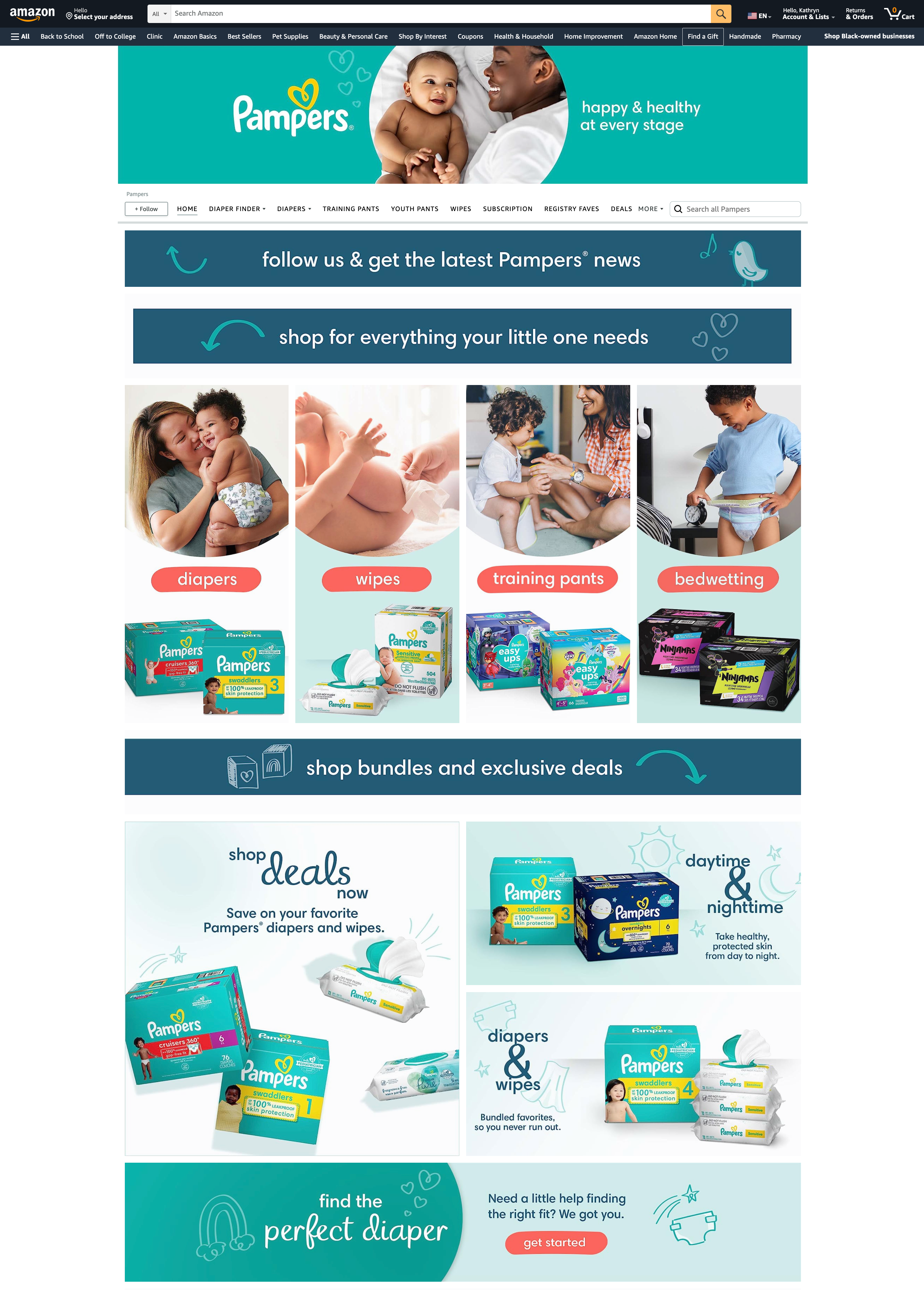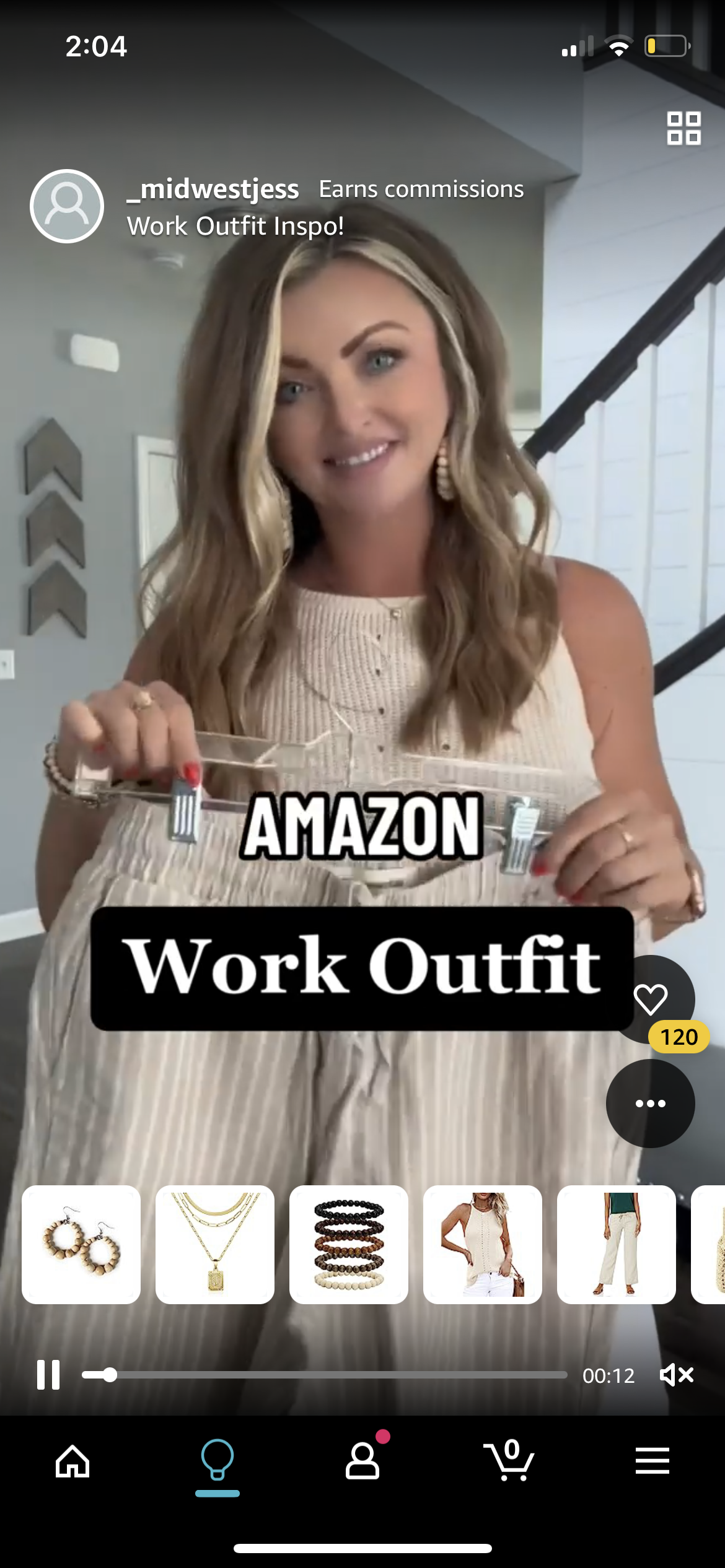News
Accelerating the Flywheel Impact with Holistic Shopping Experiences
By Kathryn Cvancara and David Grill, Transact
July 2023
The goal for any brand selling products on a retailer’s website is to simply attract online shoppers and drive sales, and by doing this the commerce flywheel is set in motion. While this is a simplified version of the end goal, how brands activate the flywheel is more complex and should include a strategic mix of planning the right tactics, for the right audience, and with the right message to disrupt, attract, and convert shoppers within a competitive landscape.
At brick and mortar, there are finite opportunities to merchandise products both in and out of aisle but when we shift our focus to online, there are more competitors and more “aisles” making it easy to get lost in the shuffle. Understanding how to evaluate and apply the right tactics within a retailer’s ecosystem, inclusive of product detail page content, paid media, and on-site merchandising is vital in successfully reaching shoppers along their digital path to purchase from awareness, consideration, conversion and beyond.
In this piece we will explore what some of these on-site merchandising tactics are, from the expected to more complex and surprising.
Setting the Flywheel in Motion
Always start any campaign strategy by ensuring the digital shelf fundamentals are optimized, from inventory management to product detail page (PDP) content highlighting your product’s value proposition and main points of differentiation, as well as supporting your organic SEO strategy. Then activate holistic retail media tactics across search and display to create and capture demand while positively impacting organic share of voice.
Merchandising that Disrupts the Shopping Experience
The shopper journey goes beyond the product detail page, search, and display banner ads. Look for opportunities to unlock and maximize your brand and shopper’s online experience holistically. There are countless merchandising tactics that retailers offer brands to extend reach and enhance the shopper journey while complementing paid and organic strategies. Some of our favorite digital merchandising tactics that are often underutilized include the following:
Cross-Sell and Up-Sell Merchandising Opportunities:
provide shoppers with options within your product line so they do not leave to research other brands. This can be achieved by optimizing your parent/child variations to merchandise similar products on PDP, evaluating the assortment strategy and testing bundling products that are most frequently purchased together, or optimizing A+/enhanced content comparison chart modules that can strategically cross-sell or upsell similar products.
Negotiate Navigation Enhancements:
how a shopper navigates beyond search is sometimes overlooked and can be an opportunity to negotiate premium placement such as listing your brand name in filters or having your brand logo or hero pack featured prominently to serve as a navigation signpost for a category or sub-category page. You’ll see this most often on retailers such as Walmart, Target, or Kroger.
Amazon Brand Store and Instacart Brand Page:
branded landing pages are an impactful way to showcase breadth of products and educate shoppers, while making it easy to add to cart in a brand-owned environment. Brand stores and pages can also be a great destination for paid media efforts given the countless customization opportunities available. At other retailers, a brand page can be negotiated as part of a media buy or joint business plan partnership.
Retailer and Seasonal Events:
to drive awareness, incremental revenue, or sell-through of seasonal products, tapping into key retail events can ensure your products are front of mind and contextually relevant to the shopper. Events span across key holidays, seasonal shopping events such as Back to School or Black Friday, or well-known sales events such as Amazon’s Prime Day. A combination of media and merchandising opportunities will help to secure placement on high traffic pages such as category pages, event pages, and deals.

Promotion and Coupon Strategy:
identify the right discount strategy and promotional tactics to leverage based on your overall business or product level objectives. Lightning Deals, Deal of the Day, Coupons, and other deal types are important to map out for an evergreen approach, seasonality, tentpole events, and other key shopping moments. Discounts can be amplified on and off-site with paid media, and together, create a compounding effect on retailer algorithms and flywheels. It is also important to ensure the right product is discounted to meet your business objectives such as sell-through of seasonal products, trial of a new product, or encourage stock-up of a higher priced bundled pack. For example, consider promoting a deal on diapers and wipes, instead of a diapers-only pack.
Merchandising Test and Learns:
Amazon and other retailers are always testing and evolving how to engage and provide shoppable experiences that will drive repeat visits to the site or app, such as Amazon’s Inspire shoppable social feed, Walmart’s Shop Live shoppable content, or Kroger and Albertson’s evolution in recipe content inspiration. These are unique opportunities for brands to test and learn if these merchandising and on-site experiences will drive results. Look for tactics that are offered for free such as “Amazon Posts” or “Manage Your Customer Engagement Emails” and test their effectiveness on your brands before Amazon starts charging for them!
Providing a Holistic Shopper Experience will Accelerate the Flywheel to Drive Growth
To reach your end goal of driving online sales and growth, it is important to evaluate the ever-evolving path to purchase. Strive to deliver relevant and impactful shopping experiences through a strategic mix of content, promotions, paid media, and merchandising. This is of increasing importance as more brands invest and compete for placement in retail media, making it vital to enable holistic commerce experiences that unlock opportunities for discoverability, conversion, and accelerating the flywheel resulting in longer term sales growth.




